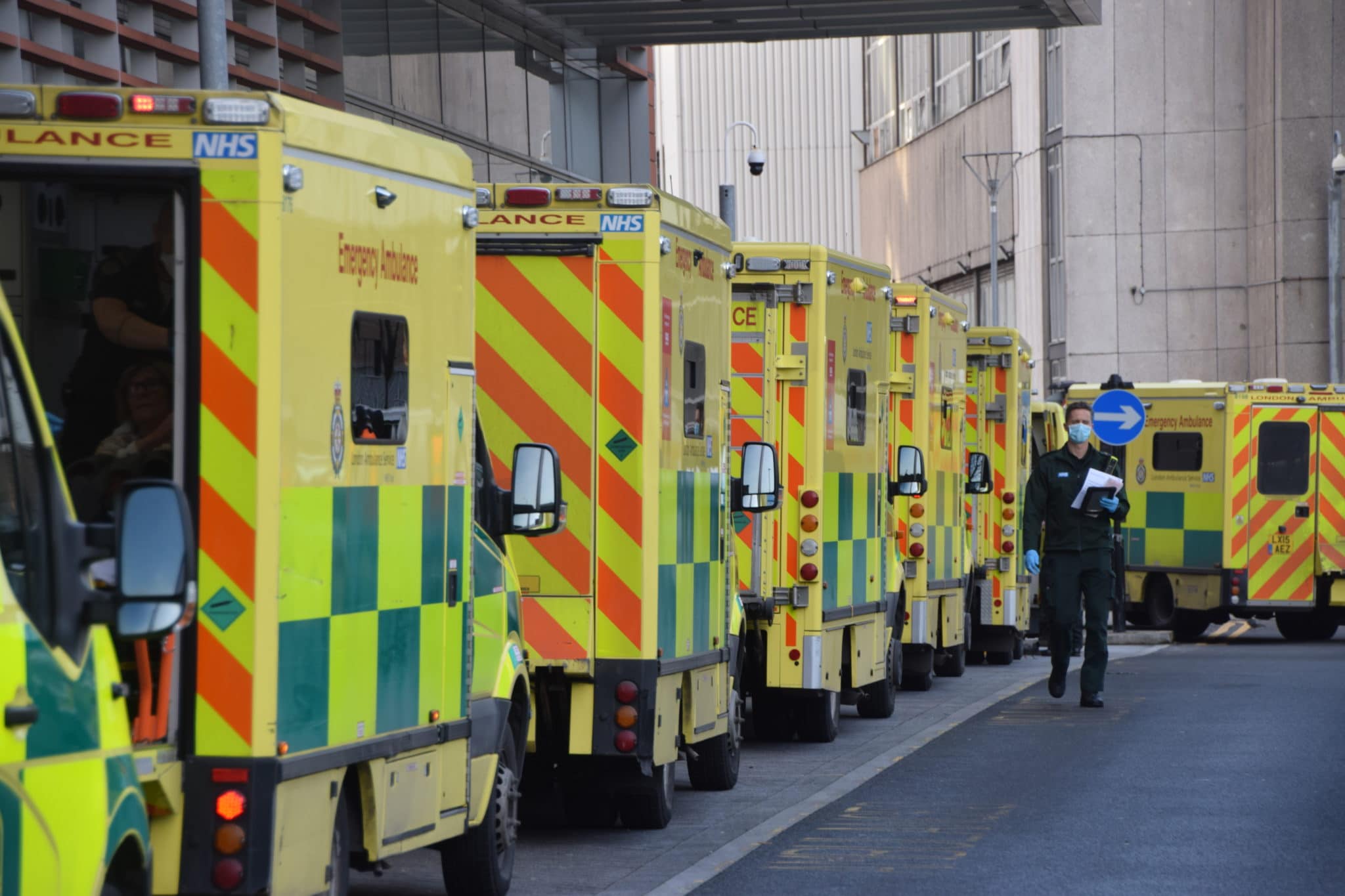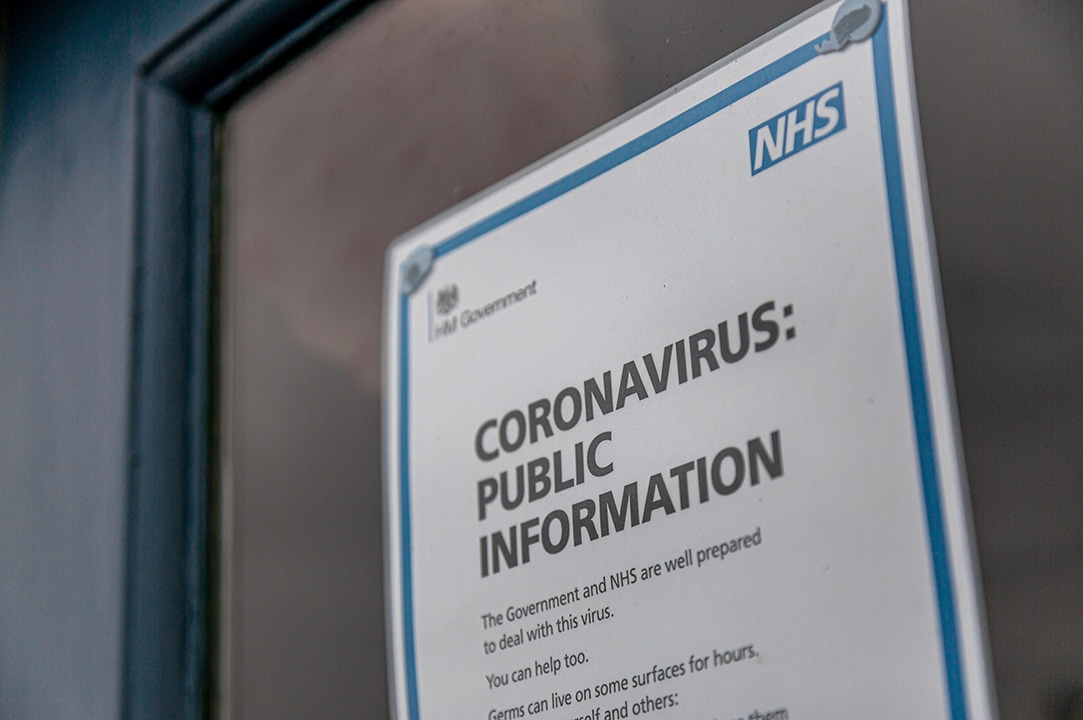Visionable brought together thought leaders and influencers from the ambulance service from both the UK and the US to discuss the current state of emergency services and what can be done to relieve the enormous pressure that continues to build. Former Chief Executive of the NHS Confederation and Visionable advisor Mike Farrar hosted the round table and shares his thoughts on the discussion.
It’s no secret that ambulance services both in the US and the UK are struggling under the immense amount of pressure of increased calls and acutely unwell patients. But what can be done to relieve these pressures that show little sign of waning?
In the most recent Visionable roundtable, we discussed the growing pressures on the emergency services, the wider issues that this pressure feeds into, and how technology could help.
Unsustainable levels of demand for ambulance services
The current level of demand on emergency services is unsustainable; daily demand in some places is similar to that usually only seen on New Year’s Eve, which is planned for 6 months in advance in some areas of the country. Ambulance Quality Indicators for October 2021 show that there has been a decrease in the number of patients conveyed to hospital, but the discussion highlighted that in some areas of the UK, the number of acutely unwell patients is at 70% and unwavering.
In addition to this, the ambulance service workforce is extremely fatigued. These figures demonstrate a relentless demand on control centre workers, paramedics, and ambulance service management. To go from being celebrated as heroes at the beginning of the pandemic, to feeling the exhaustion of an unwavering workload nearly two years later is unsustainable and taking its toll on the mental health of healthcare workers. The US suffers the same fatigue. Changes to legislation is likely to compound these issues as ambulance crews go from transport only to a similar approach in the UK of medicate and transport.
Deterioration in service provision is guaranteed unless more is done to support, assist and empower, and there is huge opportunity to build on what is already an incredible service.
Increase in pressure is not isolated to ambulance services
The increase in pressure is not isolated to the ambulance service, and this is something that has been demonstrated across all of Visionable’s recent round tables. The ambulance service feeds into a much bigger problem within healthcare services.
National and international news has covered the issue of ambulances waiting outside A&E to hand over patients for extended periods of time. These waits are crippling the service and highlights the much wider issues within healthcare services. If emergency departments at hospitals are unable to receive patients, that slows down ambulance services, meaning potentially putting those who need emergency care in danger. Clearly, improvements and solutions would benefit entire care pathways.
Another topic discussed during the round table was the public’s approach to their care. The narrative that care should be provided face-to-face 24/7 just isn’t sustainable, despite expectations of citizens. Further discussion revealed that there is certainly a feeling that calling 999 is the default backstop for many patients, clogging up control centres and potentially preventing those who most need the care from getting it: a problem often highlighted in mainstream press.
The future is bright and in technology
Whilst the current state of play suggests a grim future, there is hope in the form of technology that assists and empowers healthcare staff to do their job.
There are a number of different types of technology that can assist healthcare. Data management technology can find problems or inefficiencies and find solutions. Data has the potential to highlight resource mismanagement, ensuring staff are where they need to be, when they are needed.
Work is already taking place in cross-population data in order to anticipate need; we should build on this. It is clear that there is a need, not just for technology, but also for health professionals that focus on data to generate intelligence that can be used in an appropriate and informed way.
Technical solutions can be used to substitute workforce – services like NHS 111 Online help to field and categorise symptoms and encourage self-help when it is appropriate. AI-assisted technology is being used to negate the need for medical professionals in ambulance control rooms, re-deploying that expertise where it is most needed. Augmented scripts are helping quicker despatch in the ambulance service in the US, making a profound difference to the quality of care provided.
Technologies such as these will never fully replace the expertise in healthcare systems but are methods of potentially great improvement.
Approach to change
Historically, technology has often disrupted rather than supported, and this is something tech companies must be wary of when creating and providing solutions for the healthcare sector and the ambulance service. Beyond providing solutions that do the job that is needed, there is much to consider to ensure technology is embedded effectively.
- Changes should be small to increase longevity – big changes will struggle to take off, but smaller changes are easier to manage.
- Solutions should be patient-centric – clear goals will speed up innovation and take up.
- One ambulance trust may work with multiple ICSs who will all have their own digital roadmaps – how can ICSs connect their digital roadmaps and work with one another to help those who work cross-ICSs?
- There are limits to support for technology implementation – solutions need to be out-of-the-box ready.
- The best technological solutions are created when one piece of technology communicates with another seamlessly – how can solution providers solve the big problems in partnership with one another?
- The digital maturity of citizens has an impact on the success of technology – are citizens capable? Do they have access or understanding of the technology?
Future Visionable roundtable events are the perfect opportunity to discuss the above points. When we reconvene key senior stakeholders across the global healthcare landscape, I hope to present these points and take them forward to make improvements in our collective response to the digital transformation of healthcare as a whole.









